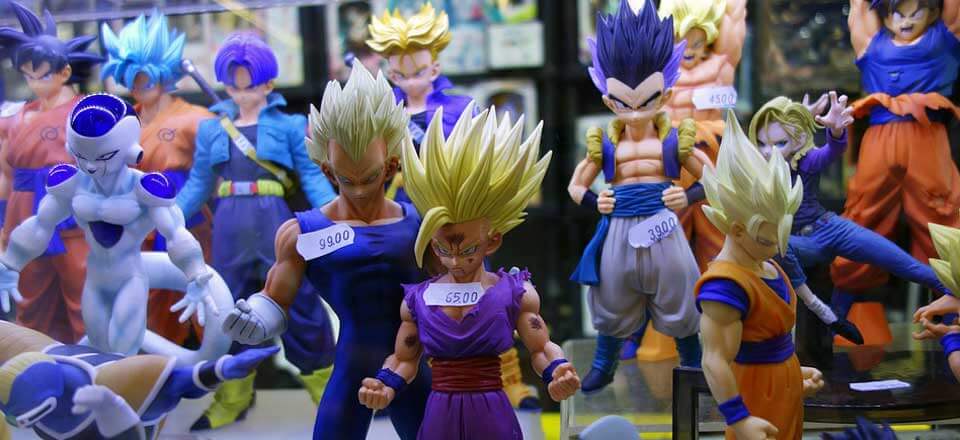It is no longer a secret: manga are very present in the French editorial landscape, so much so that France became their second largest consumer in the world, after Japan itself.
The Emergence of Manga in France
It is only in the 1970s with Albator and Goldorak that the first manga appeared on our French television channels. Originally, these space-opera anime did not pose a localization problem in their context. However, with the advent of more realistic series, localizers had to make a choice, and opted for westernizing anime, to make them more popular with the general public.
The Manga Localization Process
For a perfect westernization of anime art styles, one of the first choices was to change their names. For this reason,the Tokyo manga became Paris and the name of the manga character in City Hunter, Ryo Saeba became Nicky Larson. Although these changes in names and context do not pose a major problem in shônen-type manga and anime for children and adolescents, the problem still exists for young adults manga, whose plot points are often closely associated with the context.
According to some translators, it took several years for manga to arrive in France and for us to stop seeing this kind of anime westernization that would sometimes cause inconsistencies in storylines. However, the difficulties did not end there.
Another difficulty lies in the fact that Japanese is composed of kanas while French uses roman characters. When translating the text into French, the writing ends up taking up more space in speech bubbles that the author had strategically placed within the drawing. Generally, translators favor fluency over literal translations.
A second major problem is the use of onomatopoeias. In Japanese, onomatopoeias are used for almost everything, and are an integral part of manga drawings. So what happens when translating onomatopoeias? Today, several schools are opposed:
- Replace onomatopoeias by retouching the original work
- Leave onomatopoeias as they are
- Subtitle onomatopoeias
Censorship, a Form of Localization
Even though censorship is often seen as denaturation of anime artwork, it is an integral part of the manga localization process.
In the 1990s, many manga underwent censorship. For example, almost all the blood in Dragon Ball or in Ken the Survivor disappeared from action scenes. Sometimes objects are changed, such as cigarettes, which are replaced with lollipops for ethical reasons.
Even today, and especially since the implementation of new French laws, complete episodes of anime series disappeared from our screens because they are considered to be too violent!
In conclusion, manga localization has evolved since the 1970s. And even if the first translated versions could make us smile, things are entirely different today. Our translators keep on finding new solutions in order to provide us with final anime artworks that are ever more faithful and adapted to the general public despite limitations due to censorship.
Sources:
- https://www.fangirl.eu/2007/08/05/petit-historique-de-lanime-et-du-manga-en-france-de-1978-a-2003/
- http://www.mangamag.fr/dossiers/traduction-de-manga-professionnels-ont-parole/
- http://www.journaldujapon.com/2013/08/21/traduire_un_manga_linterview/
- http://www.fanactu.com/dossiers/animation/3061/censure-dans-anime-dragon-ball.html
- http://www.mangamag.fr/dossiers/censure-et-liberte-dexpression-dans-les-mangas/
- Article written from a presentation of Hugo Kadi



